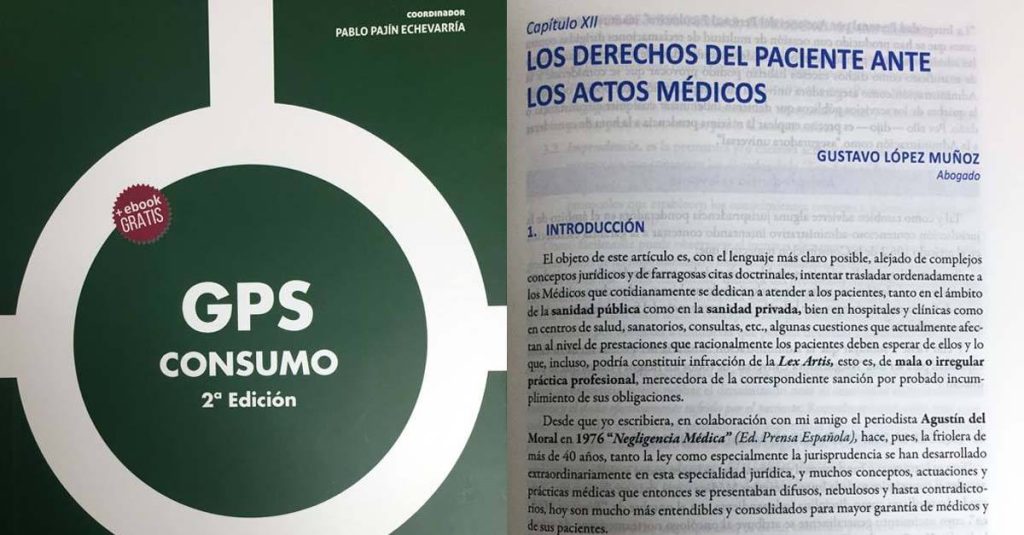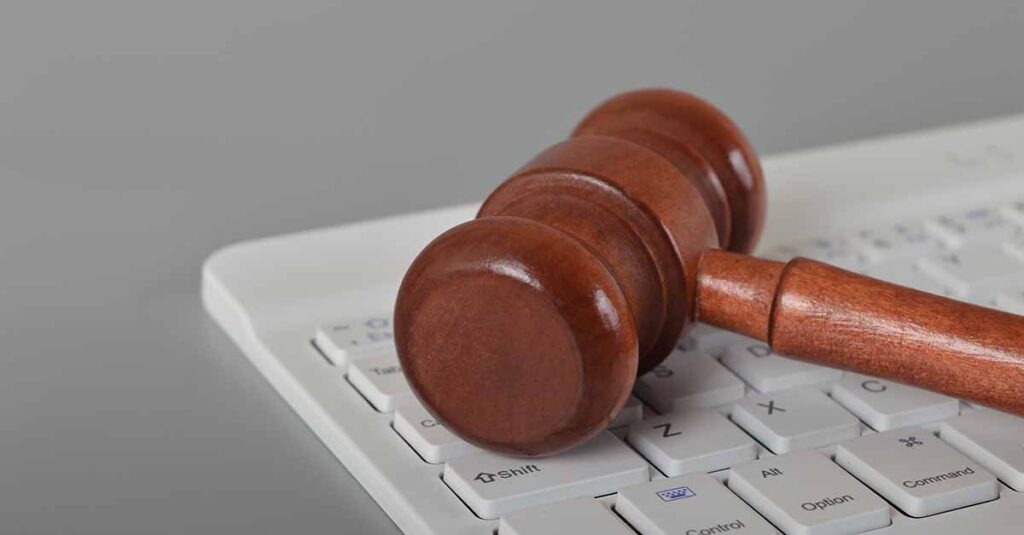
One of the problems that land owners usually encounter is the double registration of properties in the name of a third party. This situation originates when a real change of a real estate nature is made.
The situation of double registration occurs in the Land Registry and means that the same property is registered two or more times on different pages and with different property numbers.
The double registration has its origin in the traditional lack of adequate and real control over the existence and physical characteristics of the farms whose registration is of interest.
With the adoption of the Consolidated Text of the Cadastre Law of March 3, 2004, the express proof of the cadastral reference of the properties is already required.
Subsequently, Law 13/2015 establishes an important milestone to resolve these conflicts, establishing the incorporation into the real folio of the georeferenced representation of the property, which is obtained from the cadastral cartography, and the expression would release whether the property is located or not coordinated with the cadastre, thus extending the legitimizing effects derived from the registry publicity, to the cadastral graphic representation and creating a communication system between both administrations, in order to obtain the intended coordination.
In this regard, the Supreme Court in the Judgment of October 11, 2004, indicates that with double registration:
“an irregular situation is generated that, as contrary to the requirement of a single page for each farm, determines the neutralization of any positive effect of the registry publicity that could derive from the respective entries.”
Traditionally, the procedure to resolve the double registration of properties was regulated in article 313 of the Mortgage Regulations. Currently, this article is to be understood as tacitly repealed by article 209 of the Mortgage Law, amended by Law 13/2015, of June 24, on Mortgage Law Reform.
As provided in the aforementioned article 209 LH, the Registrar of the Mortgage Registry in which the doubly unregistered property is located will be competent to rectify the double or multiple registration of a property or part of it. The file can be started ex officio by the competent Registrar, or at the request of the registered owner of any right registered in any of the different matching registration histories.
If the Registrar, once the pertinent checks have been carried out, detects the possibility of double registration, it will notify the holders of the rights registered in each of the registered properties or their successors in title, recording this through a note in the margin of the last extended domain registration on the page of each of the matching histories.
If there are different owners of the domain or of the registered charges or if they coincide, they do not keep the same order, the Registrar will convene the interested parties in order to reach an agreement that determines the ownership of the property and the registry priority.
If an agreement is reached, it will be documented, which will be signed by the Registrar together with the interested parties, concluding the file, leaving documentary evidence of said end and also by a note in the margin of the last domain registration practiced in each of the matching real folios.
In the event of not reaching an agreement, or if opposition is formulated by any of the parties at any stage of the processing, the Registrar will consider the file completed, leaving documentary evidence of said end and also by means of a note in the margin of the last registration of ownership made in each of the matching real folios.
In this case, the party that does not see his claims satisfied (which will coincide with the promoter of the file), will initiate the corresponding declaratory procedure against those who have not appeared or have filed opposition.
For the resolution of this type of conflict, the Supreme Court, in Judgments dated April 30, 2008, May 18, 2012 and March 1, 2016, among many others, has established that double registration must be resolved according to the pure civil law rules, on the basis that the coexistence of two registry entries of the same rank and nature, which are contradictory and incompatible with each other, generates the bankruptcy of the guiding principles of the tabular mechanism, due to the fact that the protection for one of the holders supposes for the other the absence of the basic principles of publicity, legitimacy and priority.
The general rule, in accordance with the jurisprudential criteria that have been adopted by the Supreme Court, is that of prevalence of the property whose domain is of better condition, or better right.
For the resolution of the dispute, preference will be given to the material title over the form, resorting to the original civil titles of acquisition that are included in article 609 of the Civil Code.
In the cases in which the route of article 609 of the Civil Code is not decisive, the registration principles will have to be used in order to complete or reinforce the ownership, giving precedence to the oldest registration sheet.
It may interest you: “Department specialized in Agrarian Law”
Patricia Prendes
Director of the Agrarian Law Department
Directora del Departamento de Derecho Agrario
26/02/2023



















